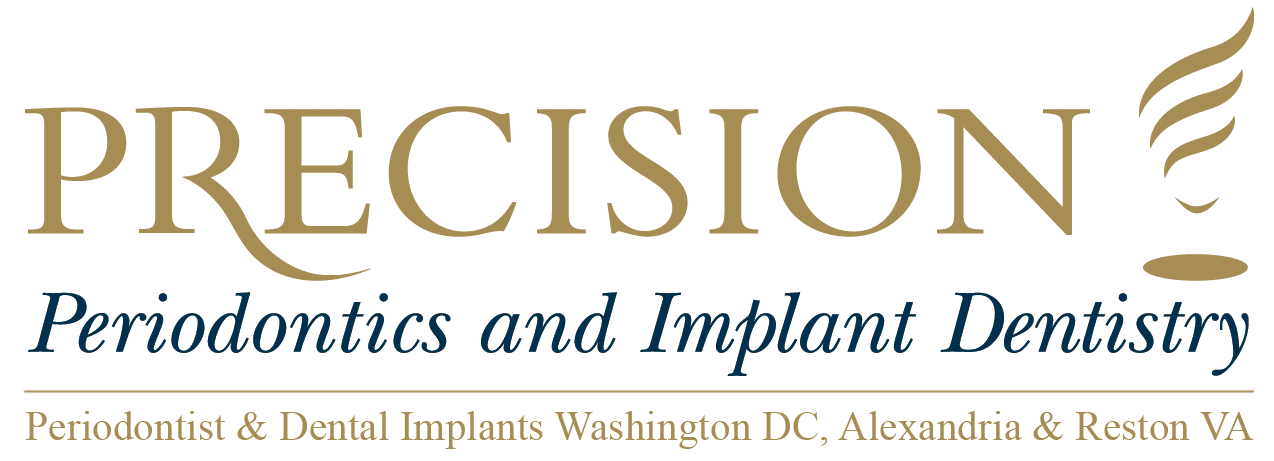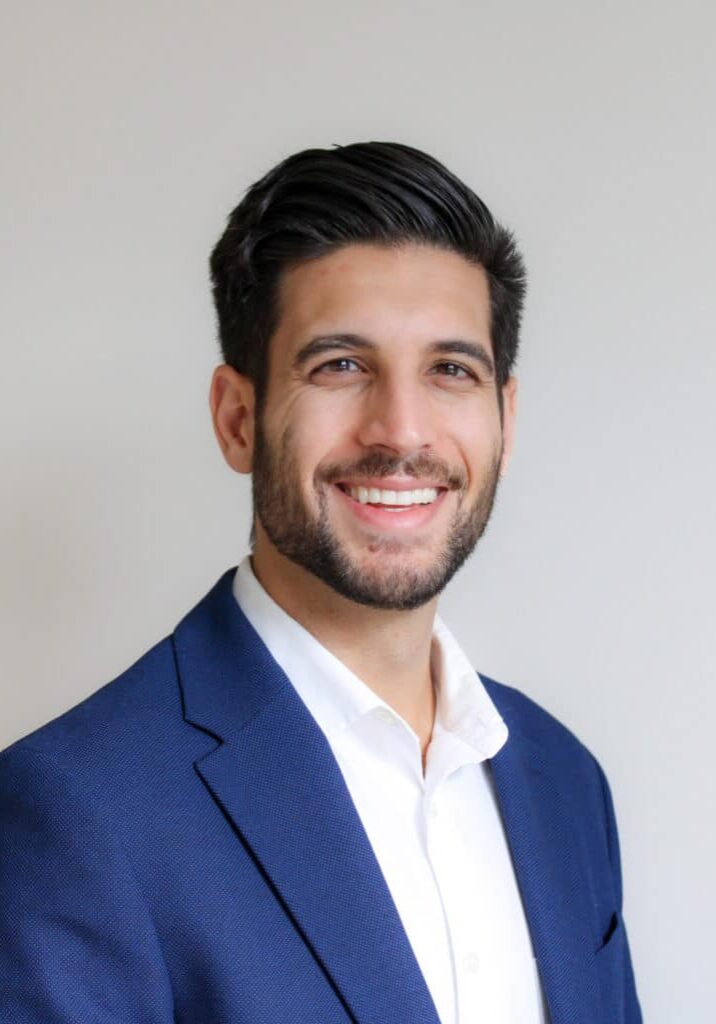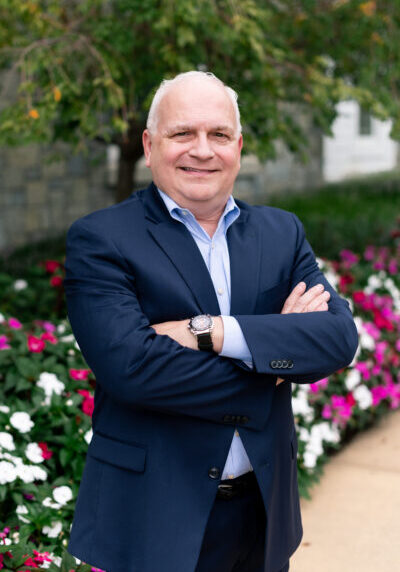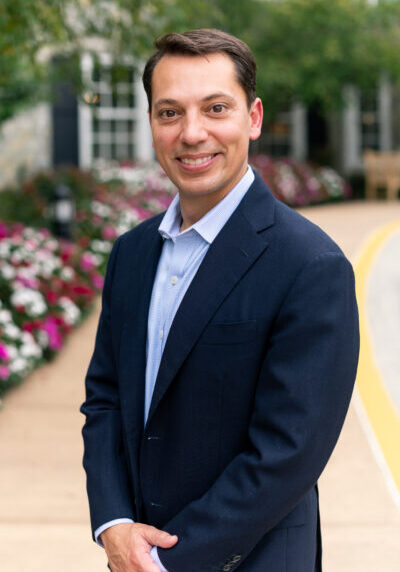Periodontology Anatomy - Stippling
The periodontium includes specialized tissues that serve two functions which include both surrounding and supporting the teeth in order to maintain them in the maxillary and mandibular bones. The word comes from the Greek terms peri-, meaning "around" and -odont, meaning "tooth". When taken literally, periodontium translates to "around the tooth". Periodontics is a dental specialty that focuses on the care and maintenance of these specific tissues. The specialty provides the support needed in order to maintain the function of the teeth. The practice consists of four principal areas which include the following:
- Gingiva
- Periodontal Ligament (PDL)
- Cementum
- Alveolar Bone Proper
Each of these components are distinct by their location, architecture and biochemical properties. Components that adapt throughout the structure’s lifetime. For example, as teeth respond to various forces, bite or migrate medially over time, the bone structure resorbs on the pressure side and is added on the tension side. Cementum also adapts to any wear applied to the occlusal surfaces of the teeth by apical deposition. The periodontal ligament itself is located in an area which has high turnover. This allows the tooth to not only be suspended in the alveolar bone, but to also respond any forces which are applied. While they are seemingly static and each has their own independent function, each of the components function together as a working unit.
The gingiva typically contains a textured surface which is referred to as being stippled. Stippling only presents itself on the attached gingiva which is connected to underlying alveolar bone. It is not present on the freely moveable alveolar mucosa. In the past, stippling was thought to be an indicator of good oral health. It has since been proven that smooth gingiva does not always indicate the presence of disease, unless it is smooth due to the loss of stippling that previously existed.
Stippling occurs due to the microscopic elevations and depressions found on the surface of the gingival tissue due to the connective tissue projections within the tissue. There appears to be a connection between the degree of keratinization and the prominence of stippling. Stippling occurs at sites of fusion of the epithelial ridges. This is also known as rete pegs. It corresponds to the fusion of the valleys that are created by the connective tissue papillae.
The following is a summary of the types of gingiva and whether or not it is stippled.
- Attached gingiva – stippled
- Interdental gingiva – stippled
- Marginal gingiva – not stippled
Attached gingiva is connected to the underlying alveolar bone and not the freely movable alveolar mucosa.
Gingiva is comprised of two different categories which includes the free gingiva and attached gingiva. Free gingiva encompasses the tooth and creates a collar around the crown. It is the portion of the gingiva which extends from the attached gingiva on to the surface of the tooth. The attached gingiva extends from the free gingiva coronal to the alveolar mucosa. Stippling is often observed in the attached gingiva as it is firmly attached to the underlying cementum and alveolar bone with the help of the collagen fibers of the connective tissue. Stippling is often lost or reduced as patients age. Most adult patients who are older than 50 have no stippling of gingiva.





